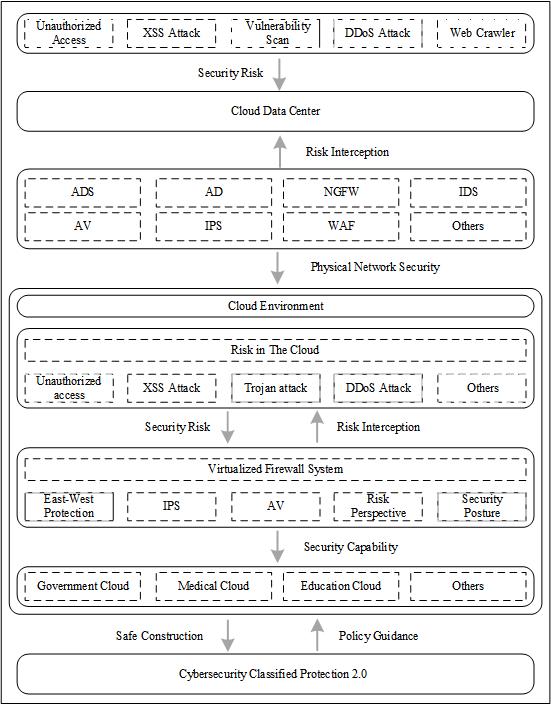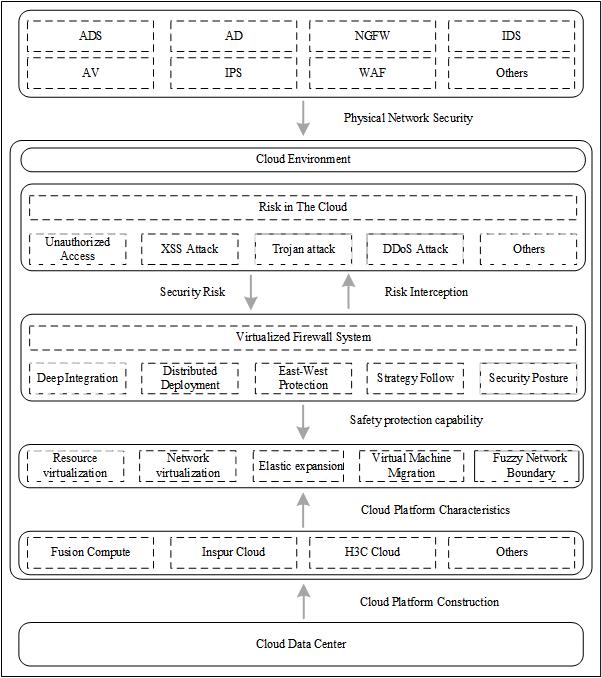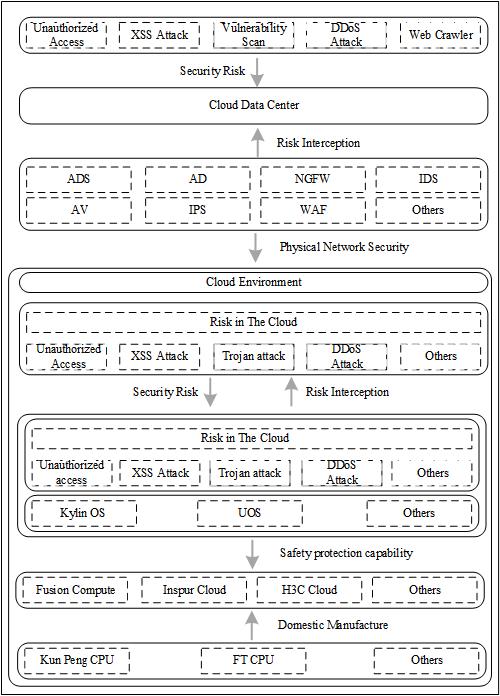Product Service
- Infrastructure Network
- Data security
- Industrial Internet Security
- IoT
- Safety service and operation
- Cloud computing and cloud security
- Zero Trust
Popular products
Zero Trust
Build a dual system security framework of zero trust inference and trusted inference.
Popular products
Zero Trust
Build a dual system security framework of zero trust inference and trusted inference.
Popular products
Zero Trust
Build a dual system security framework of zero trust inference and trusted inference.
Popular products
Zero Trust
Build a dual system security framework of zero trust inference and trusted inference.
Popular products
Zero Trust
Build a dual system security framework of zero trust inference and trusted inference.
Popular products
Zero Trust
Build a dual system security framework of zero trust inference and trusted inference.
Popular products
Zero Trust
Build a dual system security framework of zero trust inference and trusted inference.
Special Topics in Security
- Special Topics in Security
Popular products
Zero Trust
Build a dual system security framework of zero trust inference and trusted inference.
Security Research
- Security Research
Popular products
Zero Trust
Build a dual system security framework of zero trust inference and trusted inference.
About Us
Zero Trust
Build a dual system security framework of zero trust inference and trusted inference.














